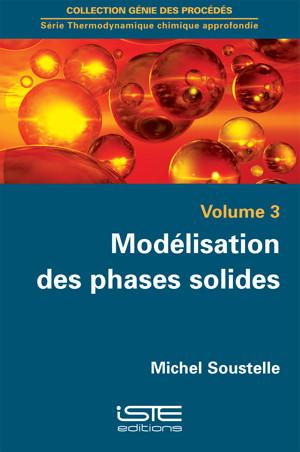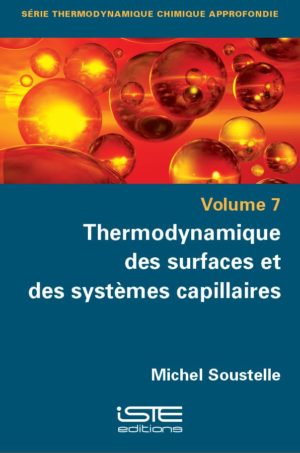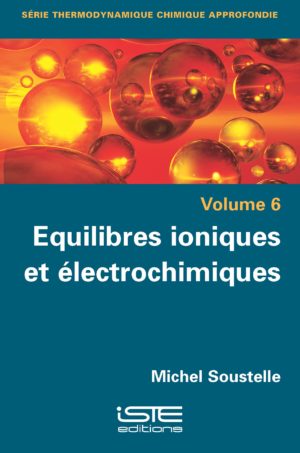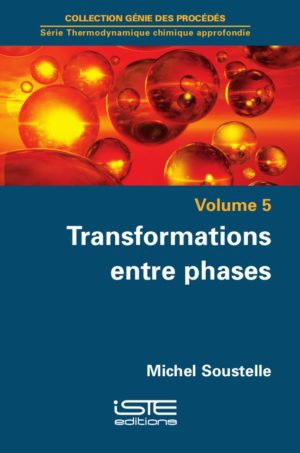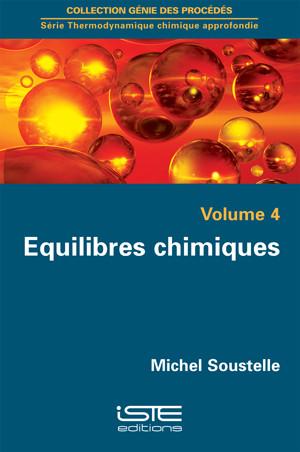
This book is part of a set of books which offers advanced students successive characterization tool phases, the study of all types of phase (liquid, gas and solid, pure or multi-component), process engineering, chemical and electrochemical equilibria, and the properties of surfaces and phases of small sizes. Macroscopic and microscopic models are in turn covered […]
This book is part of a set of books which offers advanced students successive characterization tool phases, the study of all types of phase (liquid, gas and solid, pure or multi-component), process engineering, chemical and electrochemical equilibria, and the properties of surfaces and phases of small sizes. Macroscopic and microscopic models are in turn covered with a constant correlation between the two scales. Particular attention has been given to the rigor of mathematical developments.
This third volume in the series is devoted to the modeling of solid phases.
The first chapter discusses the modeling of pure solids, and Chapter 2 looks at the modeling and characterization of solid solutions.
The third chapter deals with non-stoichiometry of solids, and therefore point defects in pure solids.
The fourth and final chapter looks at the question of point defects in solid solutions that are slightly or greatly concentrated.
Two appendices are given at the end of the book, discussing the Lagrange multiplier method and a method for solving Schrödinger’s equation.
This set of books is written for an audience of engineering undergraduates and Masters students and doctoral candidates in the disciplines of chemistry, physical chemistry and process engineering. It would also be useful for researchers at fundamental or applied research labs, dealing with issues in thermodynamics during the course of their work.
1. Pure Crystalline Solids.
2. Solid Solutions.
3. Non-stoichiometryin Solids.
4. Solid Solutions and Structure Elements.

